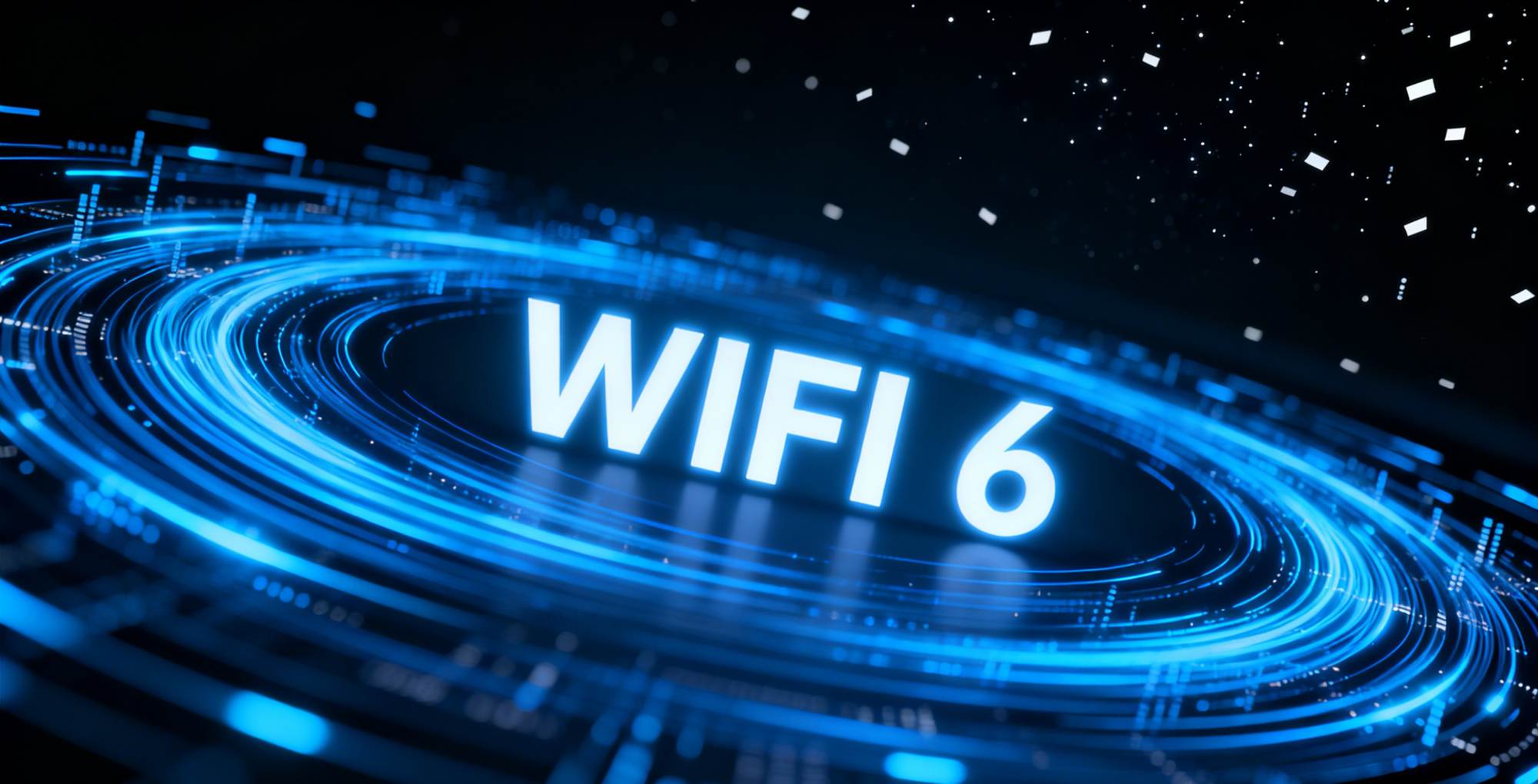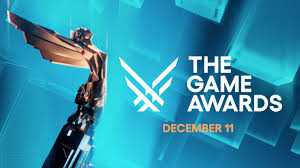Throughout millennia of Eastern civilization, Traditional Chinese Medicine (TCM) has quietly flowed, integrating life wisdom about humanity and nature, body and mind and the environment, and past and present.
When we open a book on TCM, we can glimpse this wisdom. From theory to diagnosis and treatment, from dietary therapy to health preservation, the world of TCM is vast and profound.
contents
1. Theoretical Roots: TCM's Worldview and Diagnostic Logic
1.1 Holism—The Isomorphism of the Body and the Environment
1.2 Yin and Yang and the Five Elements
1.3 Meridians and Qi and Blood
1.4 Syndrome Differentiation and Treatment / Strengthening the Body's Health and Expelling Evil
II. Applications of Traditional Chinese Medicine in Modern Life
2.1. Daily Health Preservation: Adapting to Circadian Rhythms and Regulating the Body
2.2. Simple Self-Treatment: Massage and Meridian Care
2.3. Nutrition and Diet: TCM Dietary Therapy
2.4. Emotions and Mind: A Mind-Body Integration Perspective
3. Traditional Chinese Medicine Book Recommendations
3.1. The Web That Has No Weaver: Understanding Chinese Medicine (Author: Ted J. Kaptchuk)
3.2. Between Heaven and Earth: A Guide to Chinese Medicine (Authors: Harriet Beinfield & Efrem Korngold)
3.3. The Essential Book of Traditional Chinese Medicine: Clinical Practice (Author: Yanchi Liu)
3.4. Chinese Herbal Medicine: Materia Medica (Author: Dan Bensky et al.)
3.5. The Complete Book of Chinese Health & Healing (Author: Daniel Reid)
3.6. The Yellow Emperor's Classic of Internal Medicine—a translation of the Neijing (Inner Canon of the Yellow Emperor)
4.summary
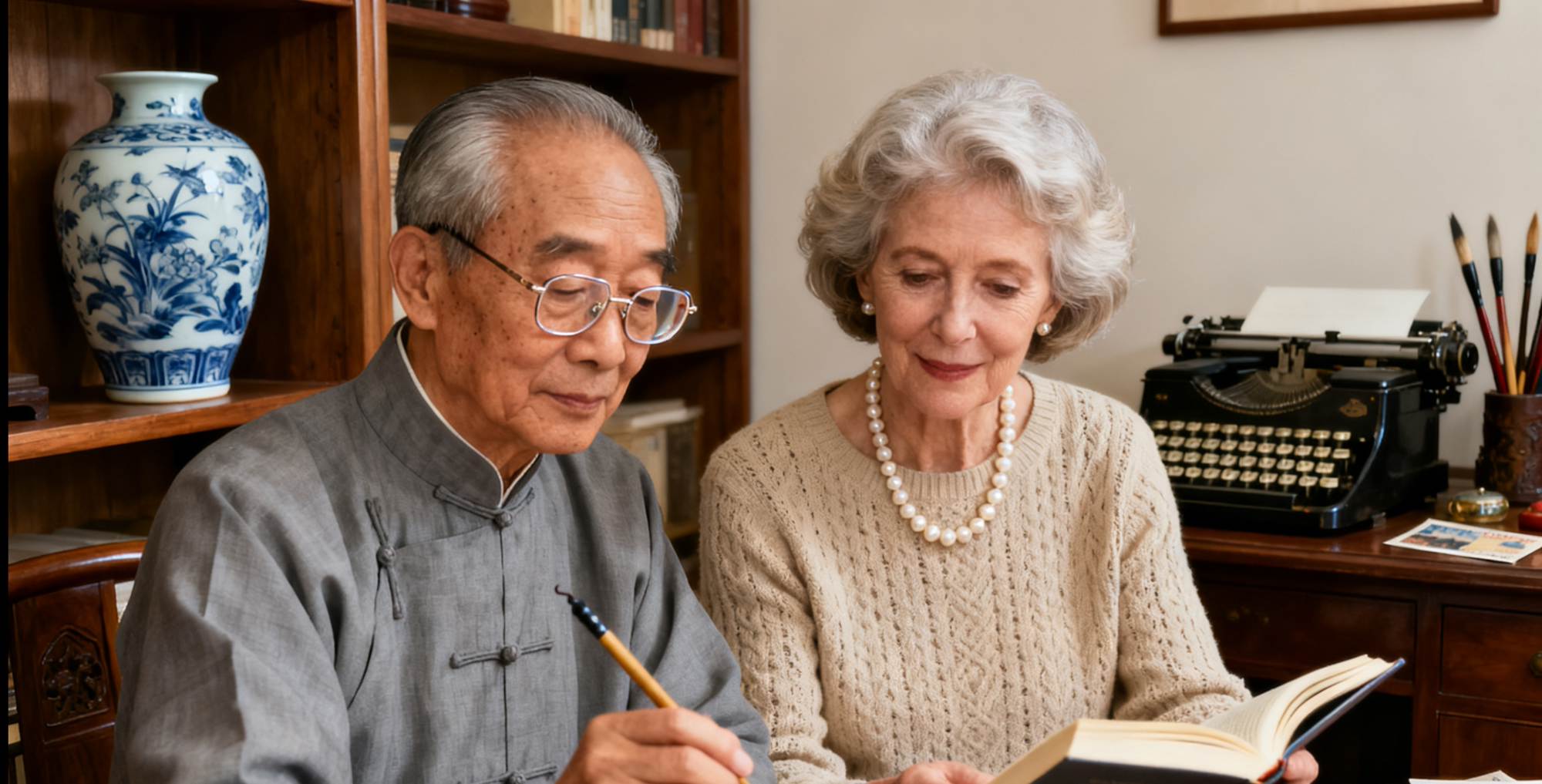
1. Theoretical Roots: TCM's Worldview and Diagnostic Logic
The appeal of TCM lies in its focus not only on the disease itself but also on the individual, the environment, time, and rhythm.
1.1 Holism—The Isomorphism of the Body and the Environment
TCM views the human body as a whole—the internal organs, meridians, qi and blood, spirit, and environment are interconnected, forming a dynamic, fluid system. Treatment is not about addressing specific areas, but rather about holistic conditioning.
1.2 Yin and Yang and the Five Elements
Yin and Yang represent the unity of opposites and the transition between movement and stillness; the Five Elements (wood, fire, earth, metal, and water) symbolize the creation of all things and their mutual generation and mutual restraint. TCM uses this language to describe the various organs and tissues of the human body, emotional changes, the four seasons, and dietary rhythms. Click here to learn more about "Traditional Chinese Medicine Massage."
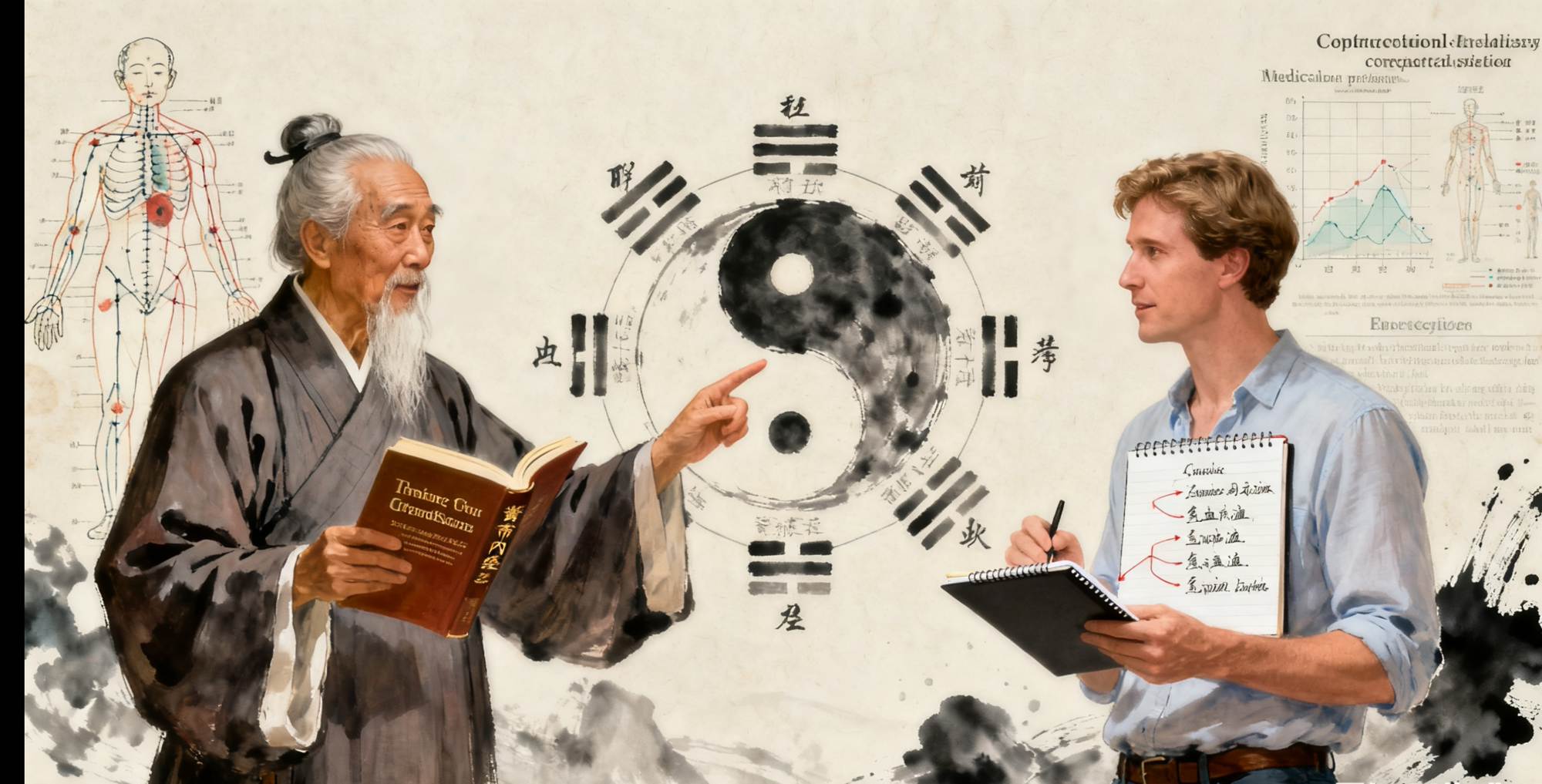
1.3 Meridians and Qi and Blood
The meridians are the pathways through which life flows. The meridians are like the body's internal "road network," with Qi and blood acting as the "waterwheels." When the meridians are unobstructed and Qi and blood flow smoothly, the body is healthy. If the meridians are blocked and Qi and blood stagnate, pain, numbness, and dysfunction will occur. External treatments such as massage, acupuncture, tuina, and moxibustion leverage these surface pathways to influence the body's internal processes.
1.4 Syndrome Differentiation and Treatment / Strengthening the Body's Health and Expelling Evil
Traditional Chinese Medicine emphasizes that "when righteous Qi remains within, evil cannot prevail." Treatment not only expels evil (wind, cold, dampness, heat, dryness, and fire), but also emphasizes strengthening the body's health and regulating its underlying mechanisms (enhancing the body's self-healing capacity). Furthermore, "Syndrome Differentiation and Treatment" means looking beyond the name of the disease to examine the individual's constitution, the cause, the location, and the nature of the disease, which vary from person to person and from time to time.
Once we understand these theoretical foundations, reading TCM vocabulary will no longer seem mysterious. Instead, we will gradually see the thread of life unfolding from the inside out, from the macro to the micro.
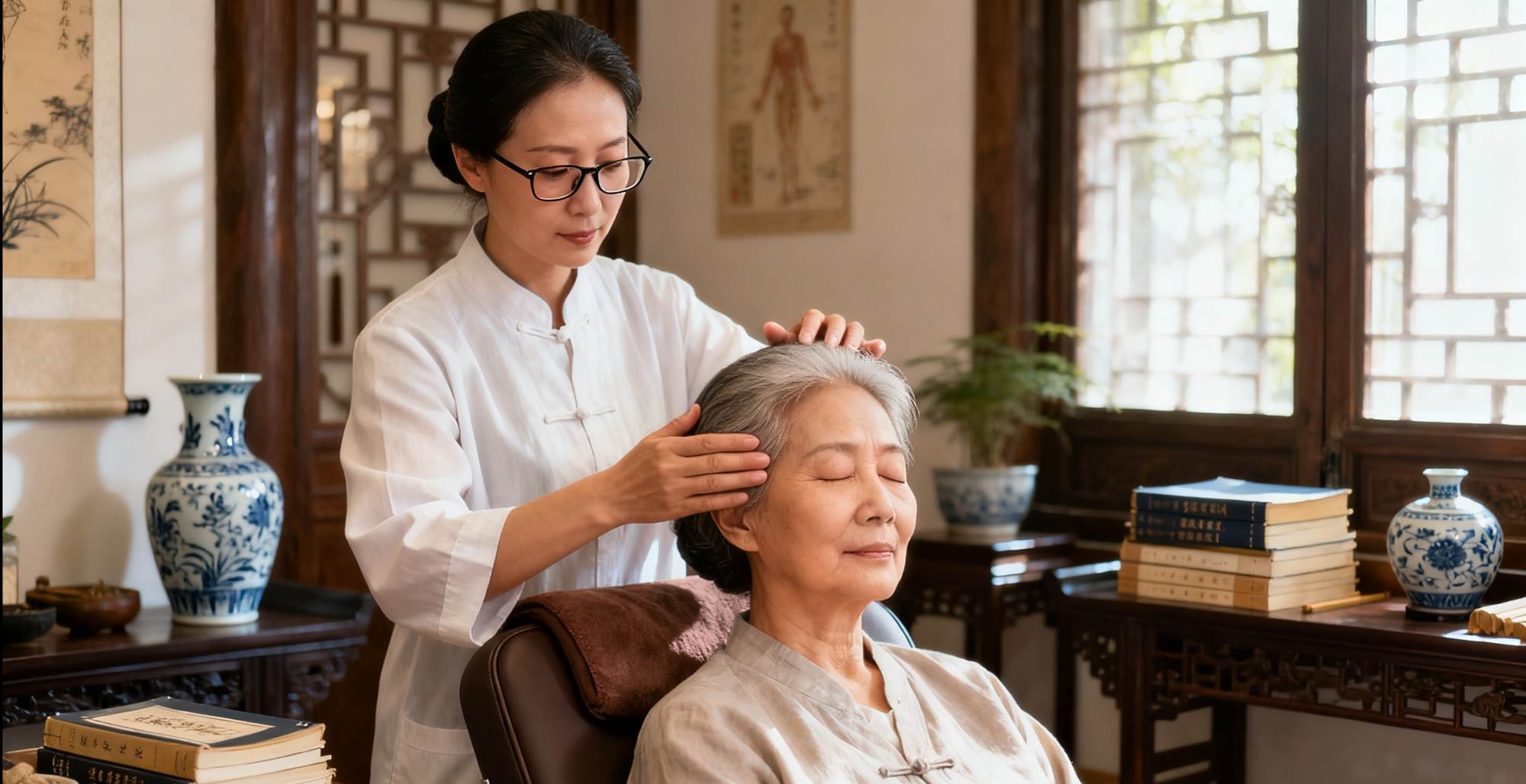
2. Applications of Traditional Chinese Medicine in Modern Life
Health Preservation, Wellness, and Conditioning
Traditional Chinese medicine is not just a theory found in classical medical texts; it is also deeply rooted in modern life. Here are a few typical scenarios to help you appreciate its contemporary relevance.
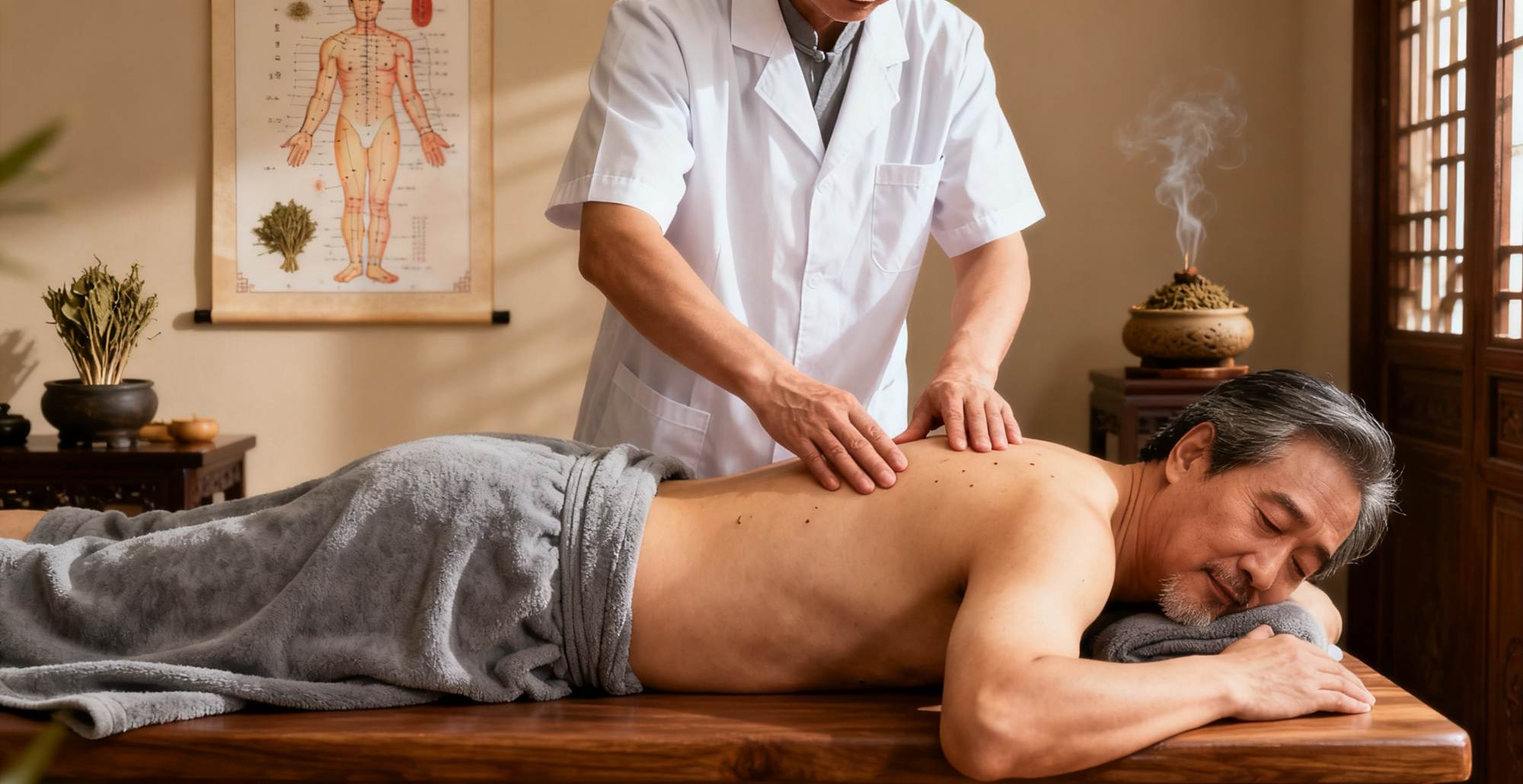
2.1. Daily Health Preservation: Adapting to Circadian Rhythms and Regulating the Body
As the seasons change, the climate shifts from cool to hot or from wet to dry, and the human body experiences adaptation issues. Traditional Chinese Medicine advocates "nourishing the liver in spring, the heart in summer, the lungs in autumn, and the kidneys in winter," corresponding to the rhythms of the Five Elements. You can practice simple conditioning during the seasonal changes: massage your neck and shoulders to relieve heaviness caused by dampness, gently massage your stomach to promote digestion, and press the Yongquan acupoint on the soles of your feet before bed to aid insomnia.
2.2. Simple Self-Treatment: Massage and Meridian Care
Basic acupoint massage can assist with conditioning. Frequent desk work can lead to stiffness in the shoulders and neck. Try pressing the Jianjing acupoint and kneading the Fengchi acupoint. For indigestion, gently press the Zhongwan acupoint and Zusanli acupoint. This simple practice embodies the TCM principle of "unblocking the meridians and mobilizing qi and blood."
2.3. Nutrition and Diet: TCM Dietary Therapy
Traditional Chinese Medicine emphasizes the common origin of medicine and food—many ingredients themselves are potent remedies. You might read in a book that "autumn is good for moistening the lungs, with pears, white fungus, and lilies"; and "summer is good for cooling off heat and promoting salivation, with foods like mung beans and lotus leaves." By tailoring your diet to your constitution and the season, you're putting the TCM principle of "preventing illness before it occurs and preventing further illness after it occurs" into practice.
2.4. Emotions and Mind: A Mind-Body Integration Perspective
Modern life is fast-paced and stressful. TCM believes that emotional imbalances can harm the five internal organs: anger harms the liver, worry harms the spleen, worry harms the lungs, fear harms the kidneys, and joy harms the heart. Therefore, TCM is not only about the "body," but also about the "mind," "emotions," and "lifestyle." By regulating your daily routine, releasing emotions, exercising moderately, practicing qigong and tai chi, and integrating a healthy diet with a healthy environment, you can maintain a more comprehensive health.
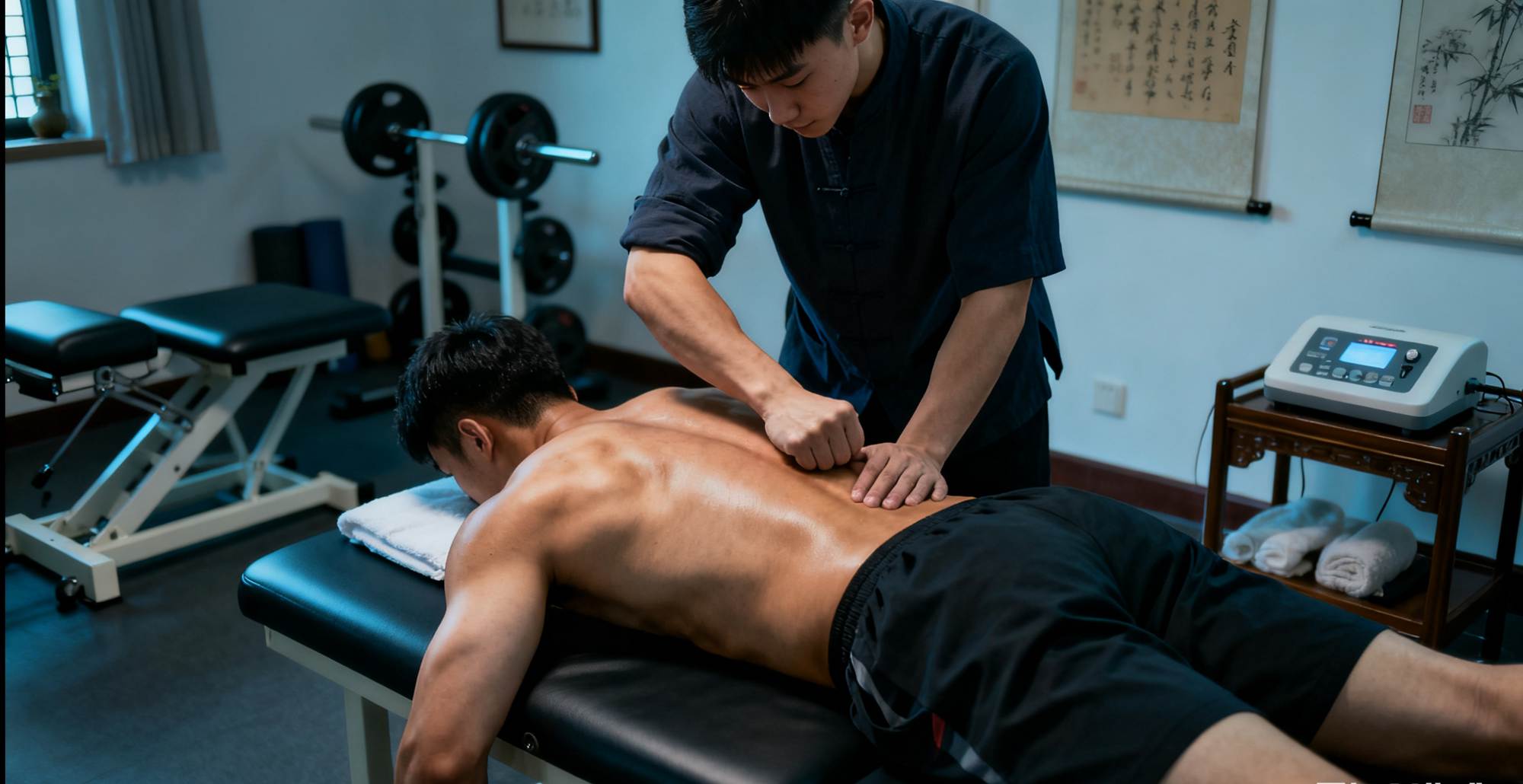
3. Traditional Chinese Medicine Book Recommendations
To help you explore Traditional Chinese Medicine (TCM) more systematically, here are five classic and easy-to-read TCM books, ranging from introductory general readings to more in-depth reference works. A brief description is included at the end of each book for your reference.
3.1. The Web That Has No Weaver: Understanding Chinese Medicine (Author: Ted J. Kaptchuk)
This book is considered a "first classic" by many TCM beginners. The author uses a Western medical background to introduce the TCM system, Qi and blood, internal organs, meridians, and syndrome differentiation in plain language. It is suitable for those who are relatively new to the TCM system and want to start with a holistic understanding.
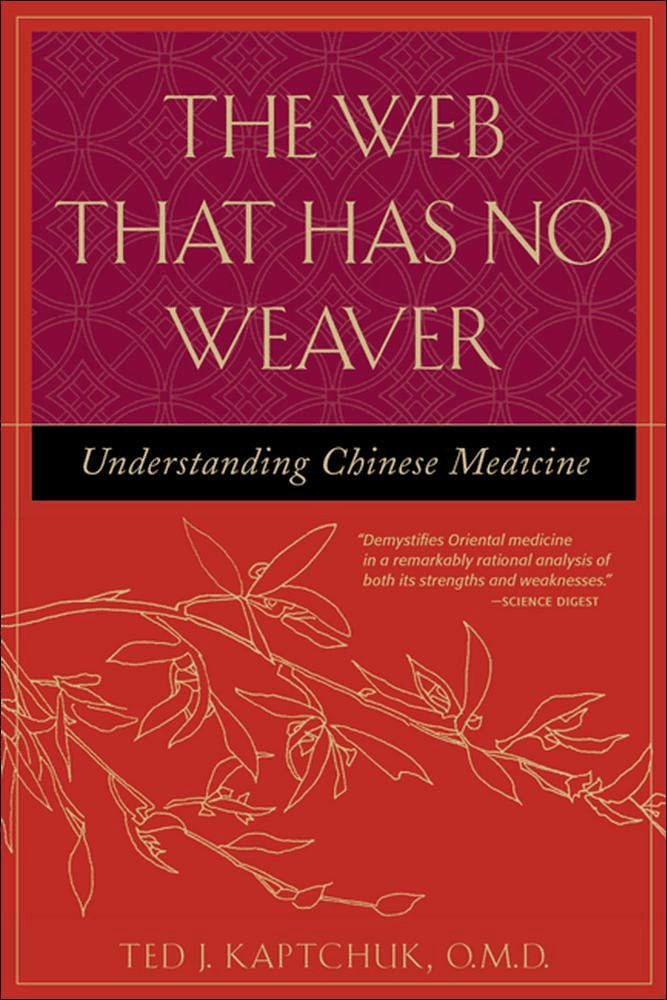
3.2. Between Heaven and Earth: A Guide to Chinese Medicine (Authors: Harriet Beinfield & Efrem Korngold)
Using case studies and everyday scenarios, this book explains TCM's philosophy of "Heaven, Earth, and Man," yin and yang, the five elements, pulse and tongue diagnosis, and dietary therapy. It is suitable for those who wish to integrate TCM wisdom into their daily health regimen.
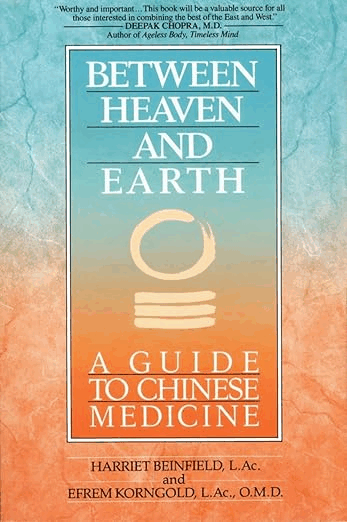
3.3. The Essential Book of Traditional Chinese Medicine: Clinical Practice (Author: Yanchi Liu)
This book systematically introduces the basic theories of Traditional Chinese Medicine (Yin and Yang, the Five Elements, viscera and meridians), diagnostic and treatment methods, commonly used Chinese herbs, and the integration of acupuncture and medicine. While somewhat in-depth, the text is clear and suitable for readers with a basic understanding or those who are willing to delve deeper.
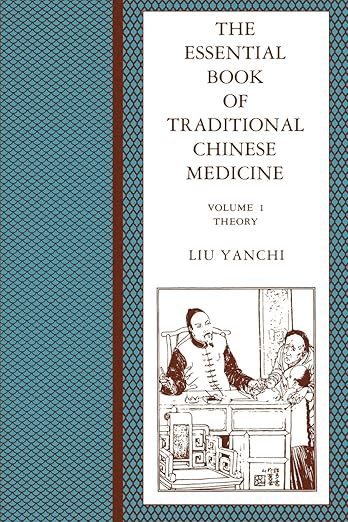
3.4. Chinese Herbal Medicine: Materia Medica (Author: Dan Bensky et al.)
This essential reference book on traditional Chinese medicine covers the sources, properties, flavors, meridians, efficacy, and clinical applications of numerous Chinese herbs. If you are interested in or working in Chinese medicine, its properties, and formulations, this book is worth reading.

3.5. The Complete Book of Chinese Health & Healing (Author: Daniel Reid)
This book integrates health preservation, diagnosis, and treatment, blending Taoist philosophy with Chinese medicine practice. It is a great choice for TCM enthusiasts and those who seek to understand TCM from a holistic perspective and apply it to modern life.

3.6. The Yellow Emperor's Classic of Internal Medicine—a translation of the Neijing (Inner Canon of the Yellow Emperor)
is one of the oldest and most renowned classics in both Taoism and Chinese medicine. This book is rich in content, but it's a worthwhile read for anyone interested in the fundamental principles of Traditional Chinese Medicine.
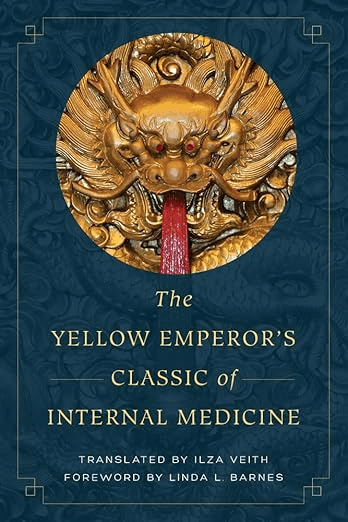
4.summary
Traditional Chinese Medicine is not a myth, nor is it simply an "alternative therapy." It is a comprehensive wisdom about the "body-environment-time" system, a philosophy of "living in harmony with the rhythms of nature, maintaining a balance between body and mind in a state of flux." By reading high-quality books, you can gradually internalize this wisdom into your lifestyle.
A good book is your key to unlocking the world of Traditional Chinese Medicine.









